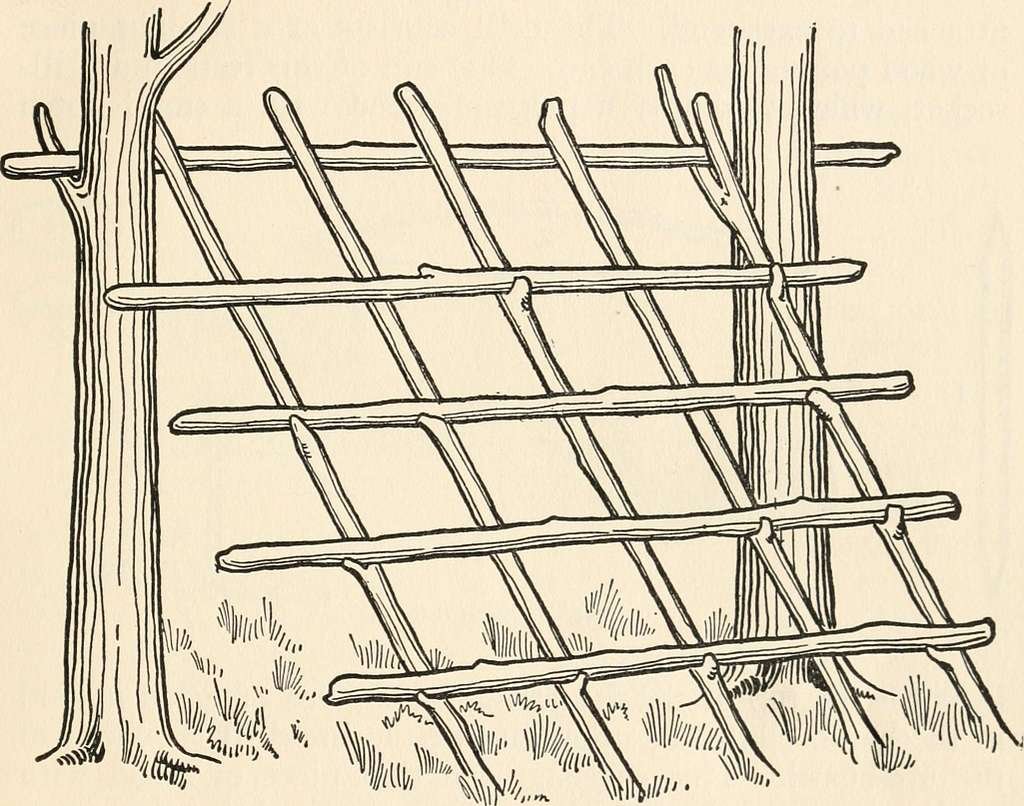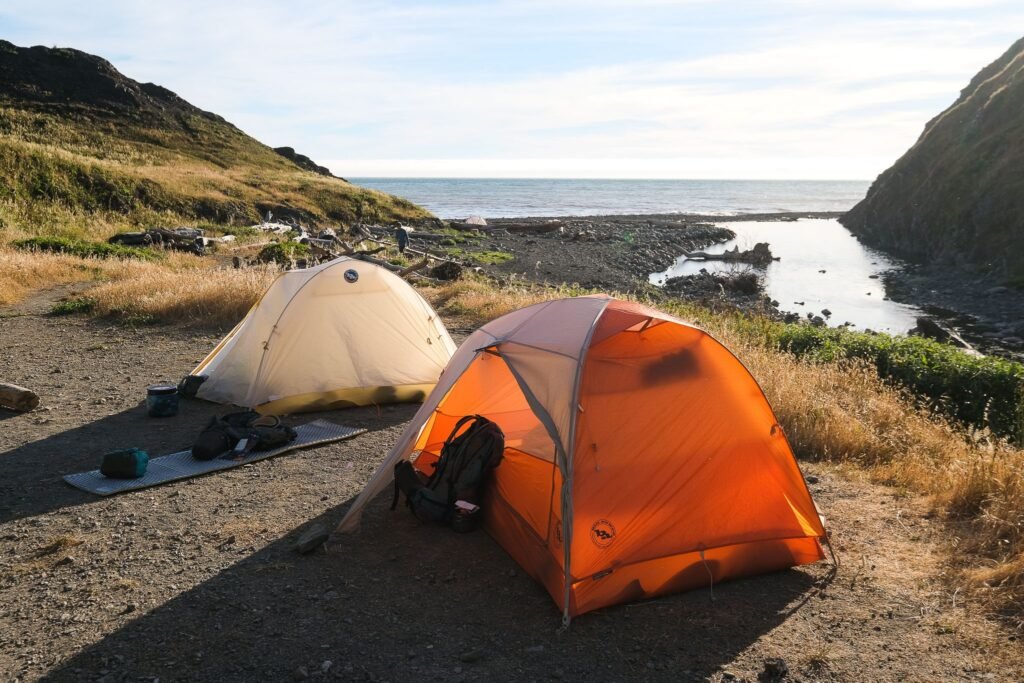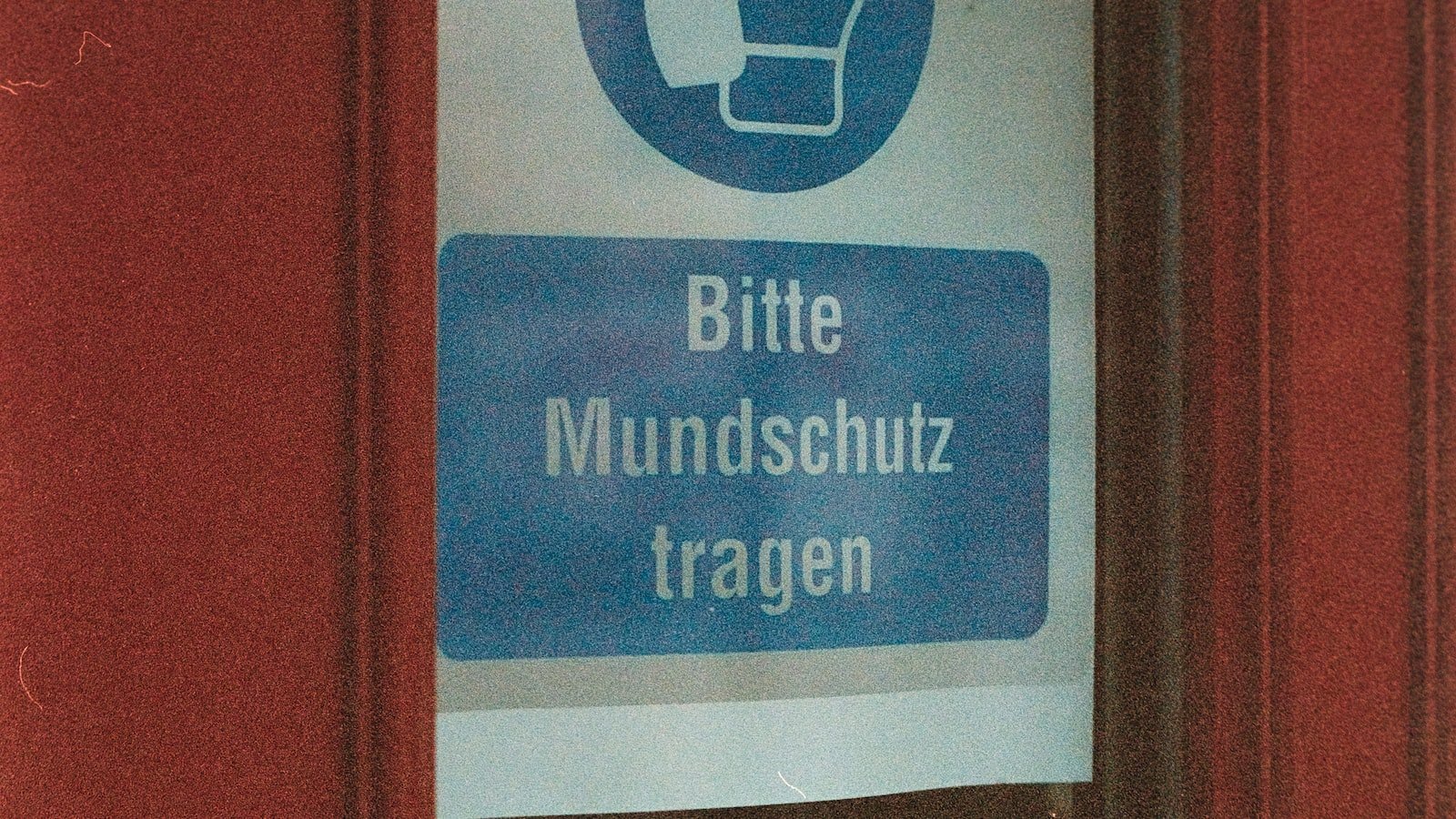Now Reading: Wilderness Communication: Basic Sign Language
-
01
Wilderness Communication: Basic Sign Language
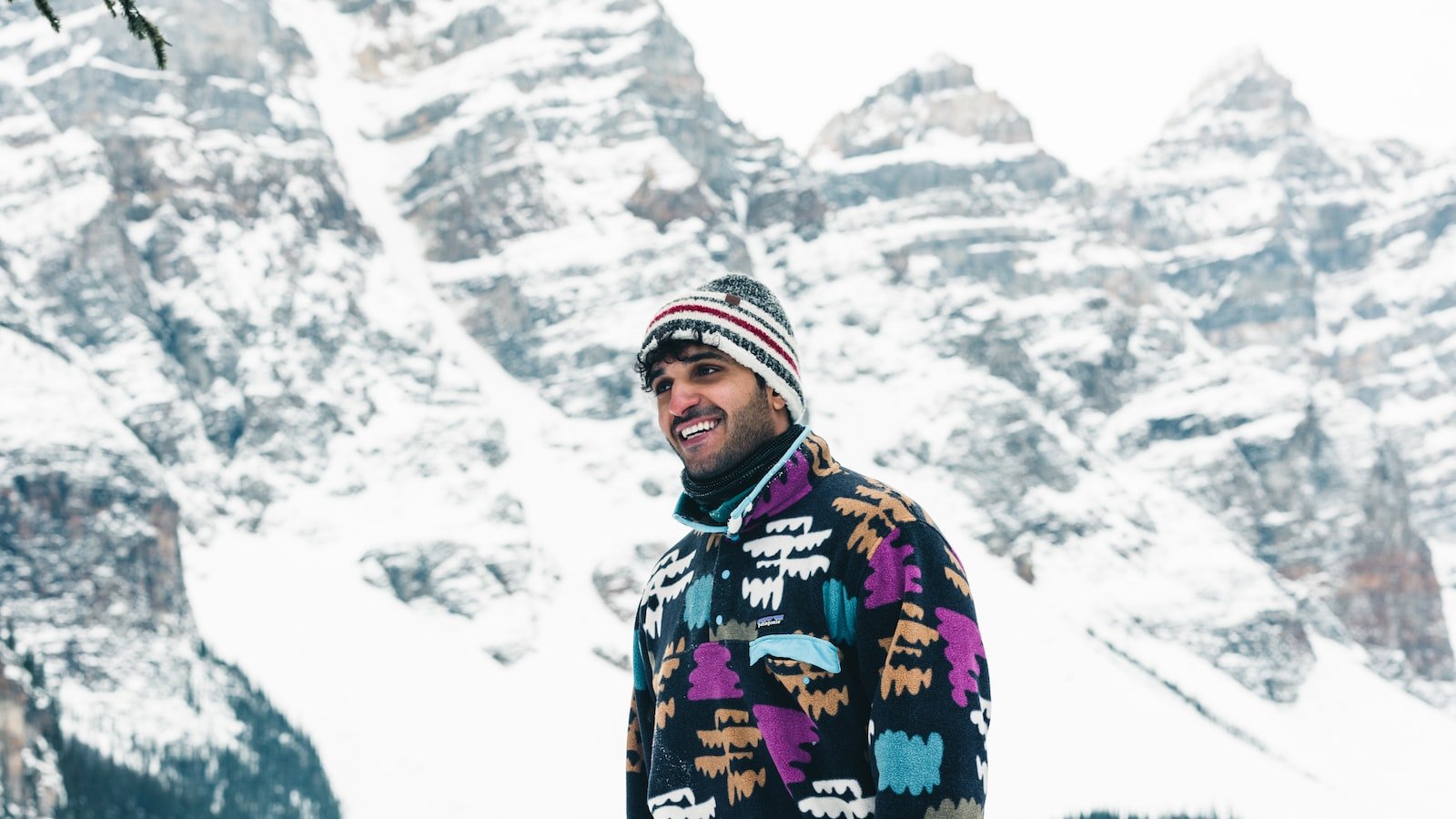
Wilderness Communication: Basic Sign Language
In the mystifying realm of the wilderness, where words often falter and technology fails to bridge the gap, a silent language emerges—one that transcends barriers and connects human beings with the untamed world surrounding them. Basic sign language, a timeless mode of communication, unveils its captivating prowess in the depths of the wilderness. Far from the hustle and bustle of the concrete jungle, this ancient form of expression has the power to aid and empower individuals navigating through the remoteness of nature. In this article, we embark on a journey to explore the significance of wilderness communication through basic sign language, unraveling the secrets that lie within its eloquent gestures and enchanting movements. Whether you are an intrepid explorer, a nature enthusiast, or simply curious about humanity’s primal connection with the great outdoors, prepare to be captivated by the subtle beauty and profound utility of this unspoken language that thrives amidst the unspoiled realms of the wild.
Table of Contents
- The Importance of Wilderness Communication
- Understanding Basic Sign Language for Outdoor Enthusiasts
- Effective Signaling Techniques in the Wilderness
- Enhancing Safety and Collaboration through Silent Communication
- Mastering Basic Signs for Essential Wilderness Communication
- Q&A
- Wrapping Up

The Importance of Wilderness Communication
When embarking on a wilderness adventure, effective communication becomes paramount. In the vast expanse of the wild, the ability to communicate can mean the difference between life and death. Here are some reasons why wilderness communication is of utmost importance:
- Safety: The wilderness can be unpredictable, and having a means of communication ensures that help is never too far away. In case of an emergency or an unexpected situation, being able to reach out for assistance can save lives.
- Coordination: Whether you’re part of a group or exploring solo, communication plays a crucial role in coordination. It allows you to stay connected with fellow adventurers, share essential information, and synchronize your movements, ensuring everyone stays on the same page.
- Information: Communication in the wilderness enables you to stay informed about weather changes, potential hazards, or closures in the area. By receiving updates and staying connected, you can make well-informed decisions, ensuring a safer and more enjoyable experience.
Remember, when venturing into the wilderness, always prepare and prioritize communication. It’s a lifeline that can provide reassurance, assistance, and valuable information when you need it most.
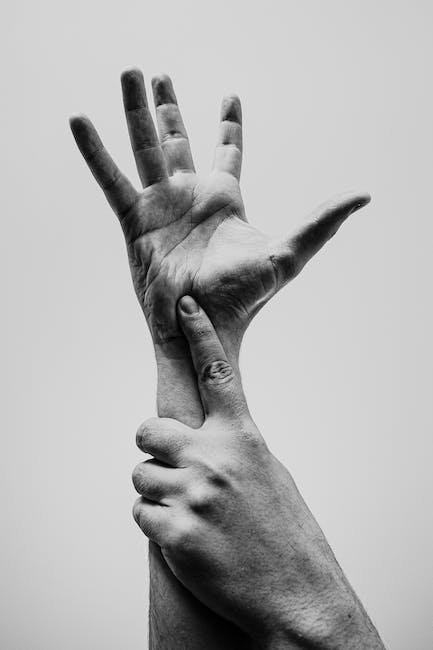
Understanding Basic Sign Language for Outdoor Enthusiasts
Exploring the great outdoors can be an exhilarating experience, but what if you encounter a situation where verbal communication is difficult or impossible? That’s where understanding basic sign language can make a significant difference. Learning a few common signs can enhance your outdoor adventures and ensure effective communication in various scenarios.
- Emergency Signals: Memorize emergency signs like “help,” “danger,” and “stop.” These signs can be extremely useful when seeking assistance or alerting others to potential hazards.
- Directions and Locations: Use signs like “left,” “right,” and “straight” to communicate directions with your fellow outdoor enthusiasts. Additionally, know the signs for important locations such as “campsite,” “trailhead,” or “water source.”
- Animals and Wildlife: Be aware of signs for common wildlife encounters, including “bear,” “snake,” or “insect.” These signs can help you communicate potential dangers without alarming others unnecessarily.
- Basic Needs: Understand signs for essential needs like “food,” “water,” “restroom,” and “medical assistance.” Being able to convey these needs can ensure your comfort and safety during your outdoor excursions.
Remember, learning sign language is not only practical but also a fun way to engage with the deaf community and promote inclusivity. So, before embarking on your next outdoor adventure, take the time to familiarize yourself with these basic signs. You never know when they might come in handy and enhance your overall outdoor experience!
Effective Signaling Techniques in the Wilderness
In the vast expanse of the wilderness, where human voices can easily get lost in the wind, effective signaling techniques are crucial to ensuring your safety and survival. Whether you find yourself lost, injured, or in need of rescue, mastering these techniques could be the difference between life and death.
When it comes to catching the attention of potential rescuers, visual signaling takes center stage. Here are some effective techniques to consider:
- Mirror Signal: Carry a small signaling mirror in your backpack. When sunlight is available, catch and reflect the light towards your intended target. Rotate the mirror slowly and steadily to create flashes that are more likely to attract attention.
- Smoke Signal: Start a fire and create heavy smoke by adding green leafy materials to the flames. The thick white smoke can be seen from afar and is a universal distress signal. Ensure you have a signal fire in an open area with little to no obstructions, allowing the smoke to rise high in the sky.
- Signal Whistle: Keeping a whistle on hand can be a lifesaver. The sound carries further than your voice and can pierce through thick foliage and noisy terrain. Use three short bursts or three long blasts separated by short pauses to indicate distress. Repeat this pattern until help arrives.
Remember, when signaling for help in the wilderness, staying calm and patient is paramount. These techniques, combined with an understanding of the surrounding environment, will greatly increase your chances of being rescued and safely returning to civilization.
Enhancing Safety and Collaboration through Silent Communication
Promoting safety and collaboration is crucial in any working environment. One innovative approach to achieving these goals is through the practice of silent communication. By leveraging non-verbal cues and signals, teams can enhance their efficiency and minimize potential risks, ultimately creating a safer and more collaborative workplace.
One powerful method of silent communication is the use of body language. Encouraging employees to be mindful of their posture, gestures, and facial expressions can help convey messages and intentions without uttering a single word. This can be particularly valuable in high-stress situations or when verbal communication may be challenging due to external factors.
Visual cues can also play a significant role in enhancing safety and collaboration. Implementing color-coded signs or symbols can quickly communicate important information and create a shared understanding among team members. For example, using green signs to indicate safe areas, yellow for caution, and red for potential hazards allows individuals to navigate and operate in their environment more effectively.
Mastering Basic Signs for Essential Wilderness Communication
Communication is the key to survival in the wilderness, where words may fail, but signs can speak volumes. is a skill that every outdoors enthusiast should acquire. Whether you’re hiking, camping, or venturing into unknown territories, understanding and using these signs will help you navigate the wilderness safely and effectively.
Here are some essential signs to master:
- 1. Danger: Form a triangle with your hands and point upwards, indicating potential danger ahead. This sign warns others to proceed with caution.
- 2. Help: Raise your right hand with all five fingers extended and palm facing outwards. Wave it back and forth to signal distress and the need for assistance.
- 3. Water: Make a downward, flowing motion with your flat hand to signify the presence of water. This sign can be a lifesaver when searching for a clean water source.
- 4. Food: Touch your lips with the tips of your fingers to symbolize hunger or the need for sustenance. Use this sign to communicate when food supplies are running low.
- 5. Campsite: Form a circle by touching the thumb and index finger together and hold it up. This sign indicates the location of a campsite, making it easier for fellow adventurers to find.
Remember, effective wilderness communication goes beyond verbal language. Mastering these basic signs can help you bridge the gap between words and actions, improving your chances of survival and creating stronger bonds with your fellow outdoors enthusiasts.
Q&A
What is wilderness communication?
Wilderness communication refers to the various methods used to communicate and exchange information in remote and sylvan areas where modern technology may not be accessible or reliable.
Why is learning basic sign language important for wilderness communication?
Learning basic sign language can be crucial in wilderness communication as it provides a means of communication that is visual and does not rely on spoken words. This can be helpful in situations where verbal communication is challenging or impossible.
How can basic sign language be useful in the wilderness?
Basic sign language can be useful in the wilderness to communicate essential messages such as danger, help, food, water, or directions, without relying on spoken words. It can bridge language barriers and be an effective means of communication in emergency situations.
Are there specific signs used in wilderness communication?
While there is no standardized sign language specifically for the wilderness, basic signs such as those for water, fire, shelter, and first aid can be universally understood and can be adapted for wilderness communication.
Can signing be used for long-distance communication in the wilderness?
While signing can be useful for short-range communication in the wilderness, it may not be practical for long-distance communication. However, using signaling methods such as flag signals, smoke signals, or reflective surfaces to catch sunlight can assist in long-range communication.
What are some additional benefits of learning basic sign language for outdoor enthusiasts?
Learning basic sign language not only enhances wilderness communication but also fosters a deeper connection with nature by relying on non-verbal cues. It can facilitate communication with individuals who are deaf or hard of hearing, making outdoor experiences more inclusive and enriching.
Where can one learn basic sign language for wilderness communication?
There are various resources available online, such as video tutorials and illustrated guides, that teach basic sign language for wilderness communication. Local deaf communities, outdoor education centers, or survival schools might also offer workshops or classes on the topic.
Wrapping Up
As we conclude this journey through the fascinating world of wilderness communication, we have discovered that sometimes words can simply get in the way. From the mesmerizing silence of the untouched wilderness, a new language arises—one that transcends cultural and linguistic barriers.
Basic Sign Language, our trusty companion in this adventure, has revealed itself to be more than just a tool for the hearing impaired. It has proven to be a universal language of connection, understanding, and harmony. By skillfully weaving our hands and expressing ourselves through gestures, we have uncovered a profound way to navigate the wild expanses of nature.
In the realm of wilderness communication, words become dwarfed by the grandeur of nature’s symphony. We have learned that even without verbal dialogue, we can communicate effectively through a single touch, a glance, or a simple movement of our hands. In every shared moment of awe, joy, or caution, we find ourselves etching memories that need no words to preserve their intensity.
Through our exploration, we have embraced the power of nonverbal communication. It enables us to truly listen, not just with our ears, but with our souls. It beckons us to pause, connect, and immerse ourselves in the subtleties that often go unnoticed amidst the cacophony of words.
Whether you are a seasoned wilderness explorer or a fledgling adventurer, the intricate dance of Basic Sign Language awaits you. Embrace the opportunity to unshackle your vocal cords and dive into a world where silence speaks volumes. Let the rhythm of your hands guide you, as you traverse the wild terrains that hold countless marvels ready to be discovered.
So, next time you venture into the untamed wilderness, pack more than just survival skills in your kit. Take with you the beauty of Basic Sign Language, and embark on a journey where the magic of nonverbal expression will echo in your heart forever.
Because amidst the vastness of untamed landscapes, we realize that our voices may falter, but the language of gestures, of touch, and of connection will always whisper in the wild wind.
As an affiliate, my content may feature links to products I personally use and recommend. By taking action, like subscribing or making a purchase, you’ll be supporting my work and fueling my taco cravings at the same time. Win-win, right?
Want to read more? Check out our Affiliate Disclosure page.

